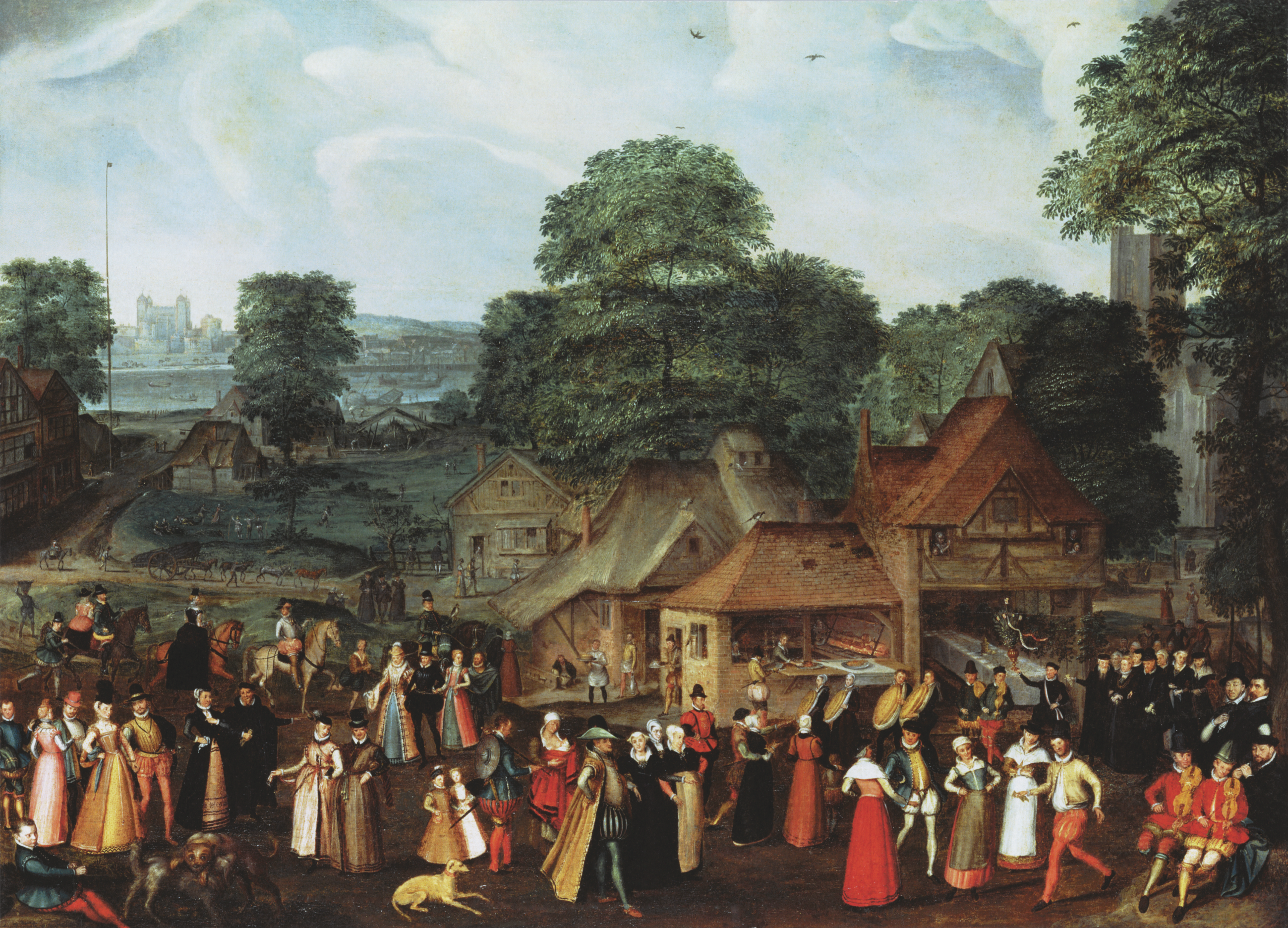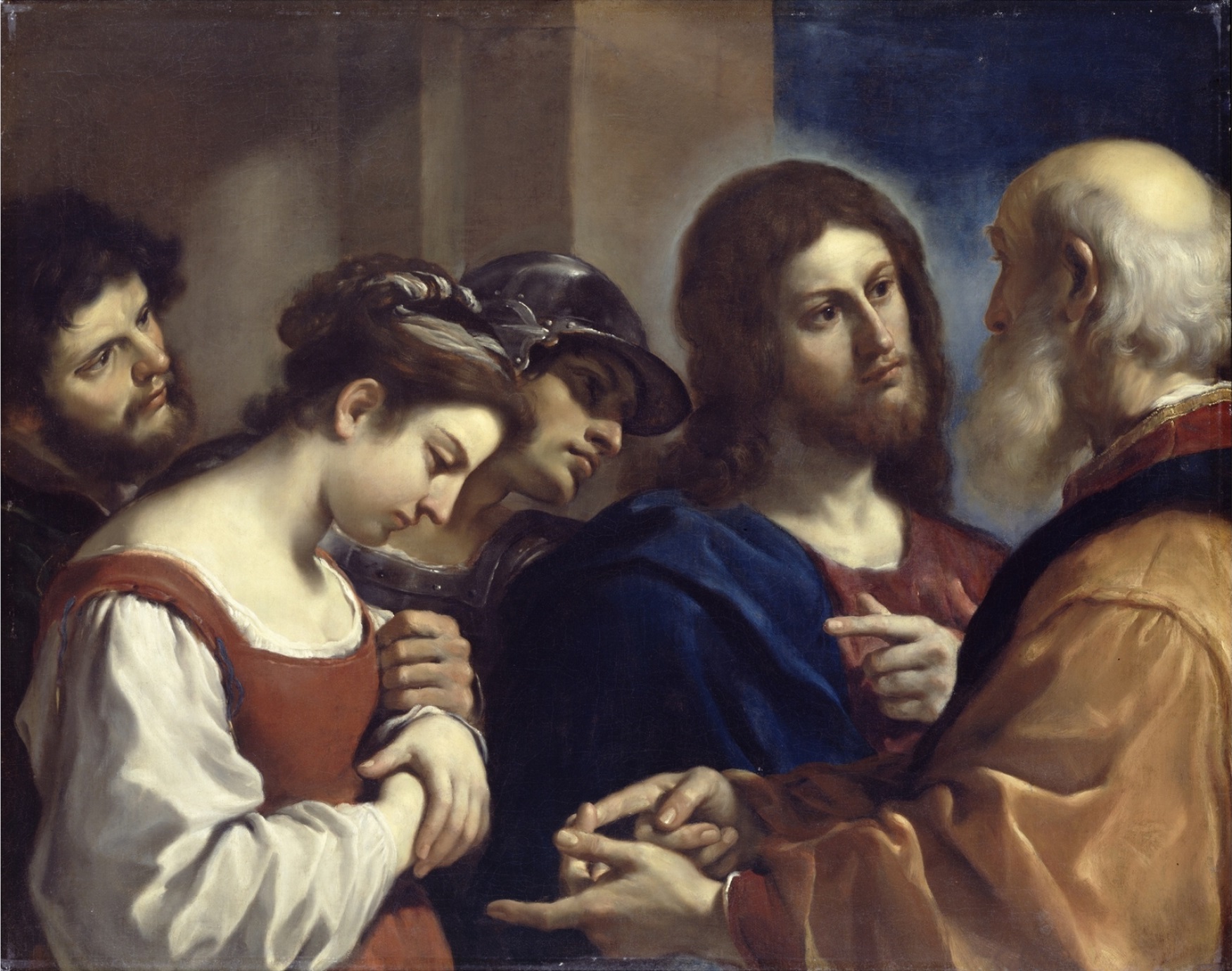|
Frederick Henry Ambrose Scrivener
Frederick Henry Ambrose Scrivener (29 September 181330 October 1891) was an English writer and scholar. Additionally, he was a New Testament textual critic and a member of the English New Testament Revision Committee which produced the Revised Version of the Bible. He was prebendary of Exeter, and vicar of Hendon. Life Graduating from Trinity College, Cambridge in 1835 after studying at Southwark, he became a teacher of classics at a number of schools in southern England, and from 1846 to 1856 was headmaster of a school in Falmouth, Cornwall. He was also for 15 years rector of Gerrans, Cornwall. Initially making a name for himself editing the Codex Bezae Cantabrigiensis, Scrivener edited several editions of the New Testament and collated the ''Codex Sinaiticus'' with the ''Textus Receptus''. For his services to textual criticism and the understanding of biblical manuscripts, he was granted a Civil list pension in 1872. He was an advocate of the Byzantine text (majority text ... [...More Info...] [...Related Items...] OR: [Wikipedia] [Google] [Baidu] |
Bermondsey
Bermondsey ( ) is a district in southeast London, part of the London Borough of Southwark, England, southeast of Charing Cross. To the west of Bermondsey lies Southwark, to the east Rotherhithe and Deptford, to the south Walworth and Peckham, and to the north is Wapping across the River Thames. It lies within the historic county boundaries of Surrey. During the Industrial Revolution Bermondsey became a centre for manufacturing, particularly in relation to tanning. More recently it has experienced regeneration including Loft, warehouse conversions to flats and the provision of new transport links. History Toponymy Bermondsey may be understood to mean ''Beornmund''s island; but, while ''Beornmund'' represents an Old English language, Old English personal name, identifying an individual once associated with the place, the element "-ey" represents Old English ''eg'', for "island", "piece of firm land in a fen", or simply a "place by a stream or river". Thus Bermondsey need n ... [...More Info...] [...Related Items...] OR: [Wikipedia] [Google] [Baidu] |
Civil List
A civil list is a list of individuals to whom money is paid by the government, typically for service to the state or as honorary pensions. It is a term especially associated with the United Kingdom, and its former colonies and dominions. It was originally defined as expenses supporting the British monarchy. United Kingdom In the United Kingdom, the Civil List was, until 2011, the annual grant that covered some expenses associated with the Sovereign performing their official duties, including those for staff salaries, state visits, public engagements, ceremonial functions and the upkeep of the Royal Households. The cost of transport and security for the royal family, together with property maintenance and other sundry expenses, were covered by separate grants from individual government departments. The Civil List was abolished under the ''Sovereign Grant Act 2011''. History Following the Glorious Revolution of 1688, the expenses relating to the support of the mon ... [...More Info...] [...Related Items...] OR: [Wikipedia] [Google] [Baidu] |
A Plain Introduction To The Criticism Of The New Testament
''A Plain Introduction to the Criticism of the New Testament: For the Use of Biblical Students'' is one of the books of Frederick Henry Ambrose Scrivener (1813–1891), biblical scholar and textual critic. In this book Scrivener listed over 3,000 Greek manuscripts of the New Testament, as well as manuscripts of early versions. It was used by Caspar René Gregory for further work. Summary of Editions The book was published in four editions: The fourth edition of the book was reprinted in 2005 by Elibron Classics. First Edition The text of the first edition was divided into nine chapters, and three ''Indices'' were added at the end (pp. 465–490). All plates were placed at the end of book (after ''Indices''). The main part of the work contains descriptions of the manuscripts. Scrivener concentrated his attention on the most important manuscripts (especially five larger uncial codices). The later cursive manuscripts were too numerous to be described in as much detail ... [...More Info...] [...Related Items...] OR: [Wikipedia] [Google] [Baidu] |
Cambridge Paragraph Bible
The New Cambridge Paragraph Bible with the Apocrypha is a newly edited edition of the King James Version of the Bible (KJV) published by Cambridge University Press in 2005. This 2005 edition was printed as ''The Bible (Penguin Classics)'' in 2006. The editor is David Norton, Reader in English at Victoria University of Wellington, New Zealand. Norton is author of ''A History of the Bible as Literature'' (1993) revised and condensed as ''A History of the English Bible as Literature'' (2000). He wrote ''A Textual History of the King James Bible'' as a companion volume to the New Cambridge Paragraph Bible. The original Cambridge Paragraph Bible A previous edition of the KJV called the Cambridge Paragraph Bible was published in 1873. That volume was edited by F.H.A. Scrivener, one of the translators of the English Revised Version and a noted scholar of the text of the Bible. For a long time it was perhaps best known as the KJV text in the standard reference work ''The New Testame ... [...More Info...] [...Related Items...] OR: [Wikipedia] [Google] [Baidu] |
King James Bible
The King James Version (KJV), also the King James Bible (KJB) and the Authorized Version (AV), is an Early Modern English translation of the Christian Bible for the Church of England, which was commissioned in 1604 and published in 1611, by sponsorship of King James VI and I. The 80 books of the King James Version include 39 books of the Old Testament, 14 books of Apocrypha, and the 27 books of the New Testament. Noted for its "majesty of style", the King James Version has been described as one of the most important books in English culture and a driving force in the shaping of the English-speaking world. The King James Version remains the preferred translation of many Protestant Christians, and is considered the only valid one by some Evangelicals. It is considered one of the important literary accomplishments of early modern England. The KJV was the third translation into English approved by the English Church authorities: the first had been the Great Bible (1535), ... [...More Info...] [...Related Items...] OR: [Wikipedia] [Google] [Baidu] |
Jesus And The Woman Taken In Adultery
Jesus and the woman taken in adultery (or the ) is a passage (pericope) found in John 7:53–John 8#Pericope adulterae, 8:11 of the New Testament. It is considered by many to be Pseudepigrapha, pseudepigraphical. In the passage, Jesus was teaching in the Second Temple after coming from the Mount of Olives. A group of scribes and Pharisees confronts Jesus, interrupting his teaching. They bring in a woman, accusing her of committing adultery, claiming she was caught in the very act. They tell Jesus that the punishment for someone like her should be stoning, as prescribed by Law of Moses, Mosaic Law. Jesus begins to write something on the ground using his finger; when the woman's accusers continue their challenge, he states that the one who is without sin is the one who should cast the first stone at her. The accusers depart, realizing not one of them is without sin either, leaving Jesus alone with the woman. Jesus asks the woman whether anyone has condemned her, and she answers ... [...More Info...] [...Related Items...] OR: [Wikipedia] [Google] [Baidu] |
Christ's Agony At Gethsemane
The Agony in the Garden of Gethsemane is an episode in the life of Jesus, which occurred after the Last Supper and before his betrayal and arrest, all part of the Passion of Jesus leading to his crucifixion and death. This episode is described in the three Synoptic Gospels in the New Testament. According to these accounts, Jesus, accompanied by Peter, John and James, enters the garden of Gethsemane on the Mount of Olives where he experiences great anguish and prays to be delivered from his impending suffering, while also accepting God's will. This episode is a significant event in Christian tradition, especially in Catholic devotional practices. The agony of Jesus in the Garden is the first (or second) station of the Scriptural Way of the Cross (modern version of the Via Crucis) and the first "sorrowful mystery" of the Dominican Rosary, and it is the inspiration for the Holy Hour devotion in the Eucharistic adoration. It has been a frequent theme in Christian art depicting ... [...More Info...] [...Related Items...] OR: [Wikipedia] [Google] [Baidu] |
Constantin Von Tischendorf
Constantin is an Aromanian language, Aromanian, Megleno-Romanian language, Megleno-Romanian and Romanian language, Romanian male given name. It can also be a surname. For a list of notable people called Constantin, see Constantine (name). See also * Constantine (name) * Konstantin References {{Reflist Aromanian masculine given names Megleno-Romanian masculine given names Romanian masculine given names Masculine given names Romanian-language surnames ... [...More Info...] [...Related Items...] OR: [Wikipedia] [Google] [Baidu] |
Samuel Prideaux Tregelles
Samuel Prideaux Tregelles (30 January 1813 – 24 April 1875) was an English biblical scholar, lexicographer, Christian Hebraist, textual critic, and theologian. Life Tregelles was born at Wodehouse Place, Falmouth, of Quaker parents, but he himself was for many years in communion with the Plymouth Brethren and then later in life became a Presbyterian (or perhaps an Anglican). He was the son of Samuel Tregelles (1789–1828) and his wife Dorothy (1790–1873) and was the nephew of Edwin Octavius Tregelles. He was educated at Falmouth classical school from 1825 to 1828. For a time Tregelles worked at the ironworks, Neath Abbey, Glamorgan, where he devoted his spare time to learning Greek, Hebrew, Aramaic, and Welsh. His interest in Welsh developed from a desire to spread the Christian gospel and especially to combat the influence of atheism, Roman Catholicism, and Mormonism in Wales. Tregelles became a private tutor in Falmouth, and finally devoted himself to scholarship ... [...More Info...] [...Related Items...] OR: [Wikipedia] [Google] [Baidu] |
Karl Lachmann
Karl Konrad Friedrich Wilhelm Lachmann (; 4 March 1793 – 13 March 1851) was a German philologist and critic. He is particularly noted for his foundational contributions to the field of textual criticism. Biography Lachmann was born in Brunswick, in present-day Lower Saxony. He studied at Leipzig and Göttingen, devoting himself mainly to philological studies. In Göttingen, he founded a critical and philological society in 1811, in conjunction with Dissen, Schulze, and Bunsen. In 1815, he joined the Prussian army as a volunteer '' chasseur'' and accompanied his detachment to Paris, but did not see active service. In 1816, he became an assistant master in the Friedrichswerder gymnasium at Berlin, and a '' Privatdozent'' at the university. The same summer he became one of the principal masters in the Friedrichs-Gymnasium of Königsberg, where he assisted his colleague, the Germanist Friedrich Karl Köpke, with his edition of Rudolf von Ems' '' Barlaam und Josaphat'' (1818 ... [...More Info...] [...Related Items...] OR: [Wikipedia] [Google] [Baidu] |
Theodore Beza
Theodore Beza (; or ''de Besze''; 24 June 1519 – 13 October 1605) was a French Calvinist Protestant theologian, reformer and scholar who played an important role in the Protestant Reformation. He was a disciple of John Calvin and lived most of his life in Geneva. Beza succeeded Calvin as the spiritual leader of the Republic of Geneva. Biography Early life Theodore Beza was born on 24 June 1519 in Vézelay, in the province of Burgundy, France. His father, Pierre de Bèze, bailiff of Vézelay, descended from a Burgundian noble family; his mother, Marie Bourdelot, was known for her generosity. Beza's father had two brothers; Nicolas, who was member of the of Paris, and Claude, who was abbot of the Cistercian monastery of Froimont in the diocese of Beauvais. Nicolas, who was unmarried, during a visit to Vézelay was so pleased with Theodore that, with the permission of his parents, he took him to Paris to educate him there. From Paris, Theodore was sent to Orléans in Dece ... [...More Info...] [...Related Items...] OR: [Wikipedia] [Google] [Baidu] |




